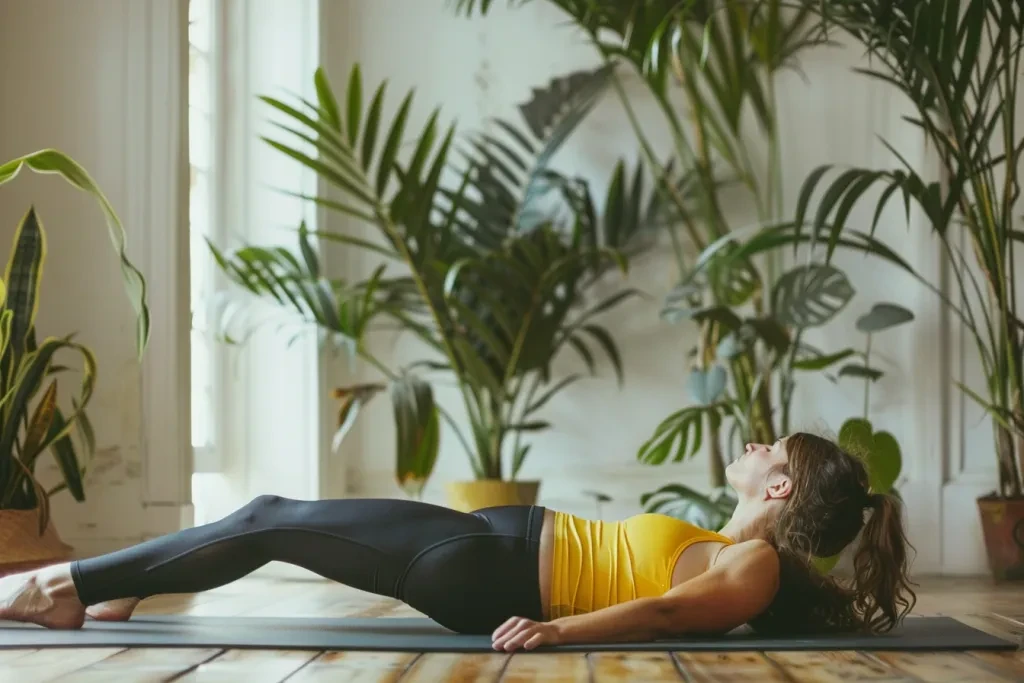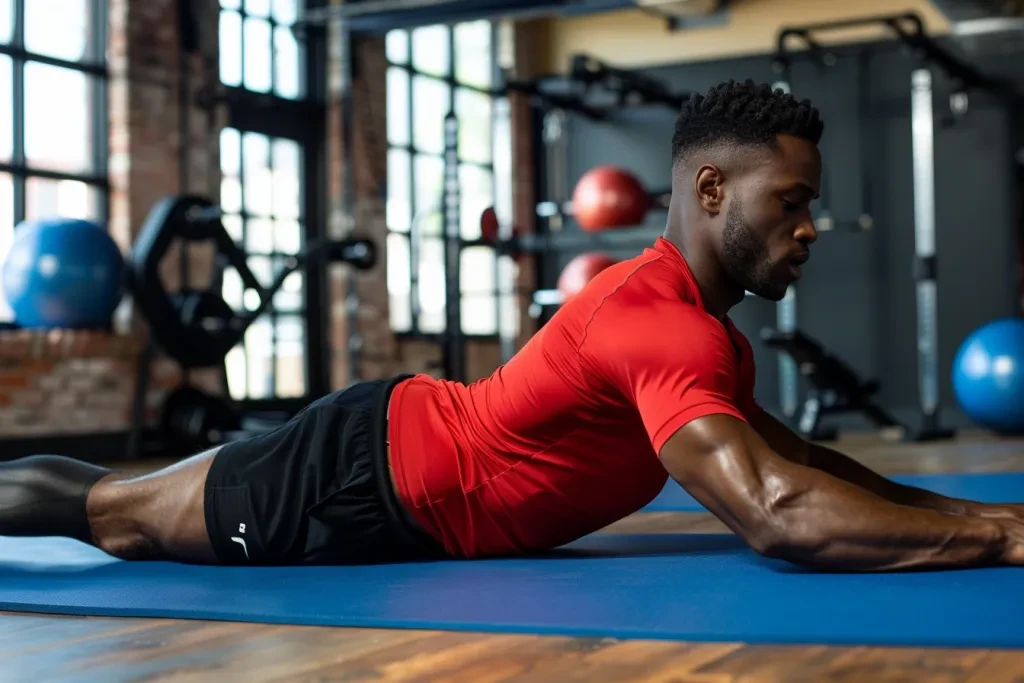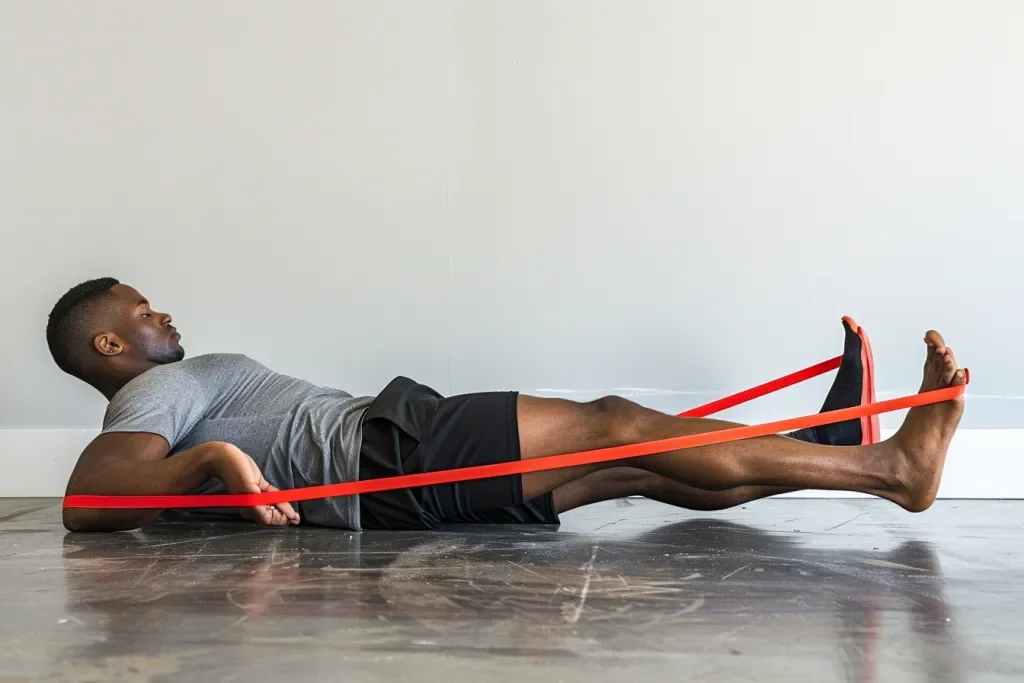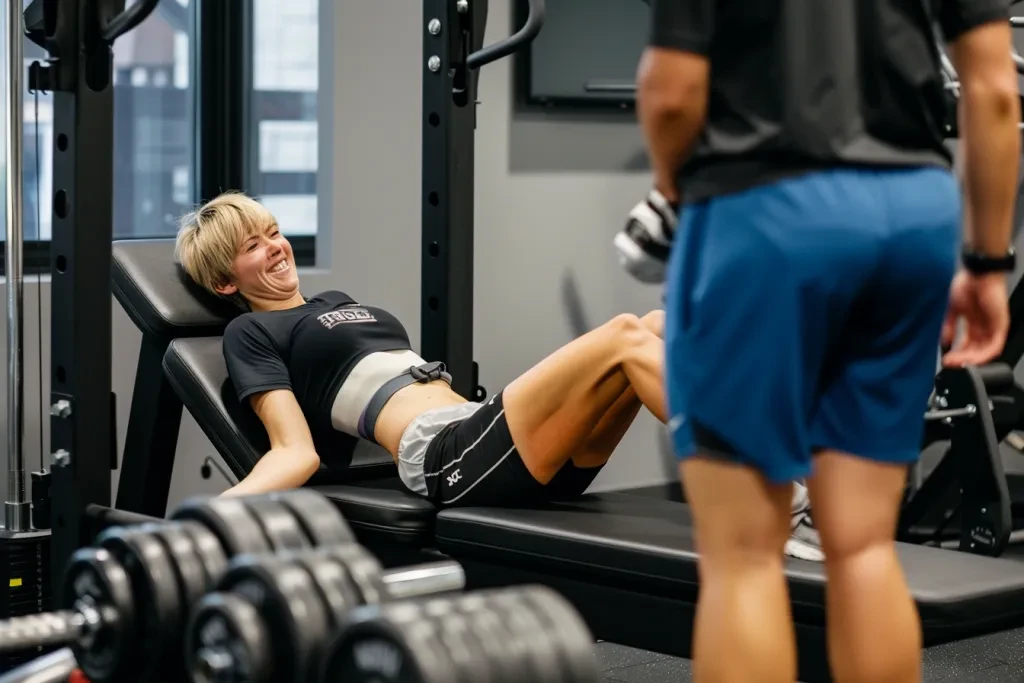Hamstring curls are a cornerstone exercise for athletes and fitness enthusiasts aiming to bolster leg strength, enhance flexibility, and prevent injuries. This detailed guide will navigate you through the benefits, techniques, and tips for selecting and utilizing the right equipment for hamstring curls, ensuring you achieve optimal results.
Table of Contents:
– What are hamstring curls?
– The popularity of hamstring curls
– Are hamstring curls good for you?
– How to choose the right equipment for hamstring curls
– How to use the equipment for hamstring curls effectively
What are hamstring curls?

Hamstring curls, also known as leg curls, are a strength-training exercise focused on the hamstring muscles located at the back of the thigh. This exercise can be performed using various types of equipment, including lying leg curl machines, seated curl machines, and even with free weights or resistance bands for a more versatile approach. The primary goal of hamstring curls is to improve the strength and endurance of the hamstring muscles by bending the knee against resistance, which is crucial for activities that involve running, jumping, or cycling.
The popularity of hamstring curls

Hamstring curls have gained significant popularity in both rehabilitation settings and general fitness regimes. Their ability to target the hamstrings specifically makes them a favorite among physical therapists for patients recovering from leg injuries or surgeries. In the fitness world, athletes and bodybuilders incorporate hamstring curls into their leg day routines to ensure balanced muscle development and reduce the risk of injuries caused by muscle imbalances. The versatility of hamstring curls, allowing for various modifications and equipment, contributes to their widespread use across different fitness levels and disciplines.
Are hamstring curls good for you?

Hamstring curls offer numerous benefits, making them an excellent addition to any workout regimen. Firstly, they strengthen the hamstring muscles, which play a vital role in knee stabilization and injury prevention. Strong hamstrings are essential for athletes who engage in high-intensity activities, as they help absorb shock and reduce the strain on the lower back. Additionally, hamstring curls can improve flexibility and range of motion, contributing to better performance and reduced risk of strains or tears. Regularly incorporating hamstring curls into your routine can also aid in correcting muscle imbalances between the quadriceps and hamstrings, which is common among individuals who focus predominantly on front-leg exercises like squats and lunges.
How to choose the right equipment for hamstring curls

Selecting the appropriate equipment for hamstring curls is crucial for achieving the best results while minimizing the risk of injury. The choice between machines and free weights largely depends on your fitness level, goals, and personal preferences. Machines, such as the lying or seated leg curl machine, offer stability and targeted muscle engagement, making them ideal for beginners or those focusing on rehabilitation. Free weights and resistance bands, on the other hand, require more stabilization and core engagement, providing a more challenging workout suitable for intermediate to advanced individuals. When choosing equipment, consider factors such as adjustability, comfort, and the ability to progress in resistance as your strength improves.
How to use the equipment for hamstring curls effectively

To maximize the benefits of hamstring curls, proper technique and form are paramount. When using a leg curl machine, ensure that you adjust the machine to fit your body size, aligning the pivot point of the machine with your knee joint. Start with a moderate weight that allows you to complete the desired number of repetitions with good form. Focus on a slow, controlled movement, fully contracting the hamstrings at the top of the curl and slowly lowering the weight back to the starting position. If using free weights or resistance bands, maintain a neutral spine and engage your core throughout the exercise to support your lower back. Regardless of the equipment, avoid using momentum to lift the weight, as this can lead to injury and reduce the effectiveness of the exercise.
Conclusion:
Hamstring curls are a versatile and effective exercise for strengthening the back of your legs, improving flexibility, and preventing injuries. Whether you’re a seasoned athlete or just starting your fitness journey, incorporating hamstring curls into your routine can offer significant benefits. By selecting the right equipment and focusing on proper technique, you can maximize the effectiveness of hamstring curls and achieve your fitness goals.



